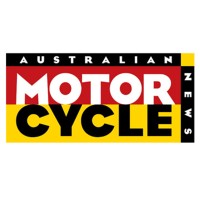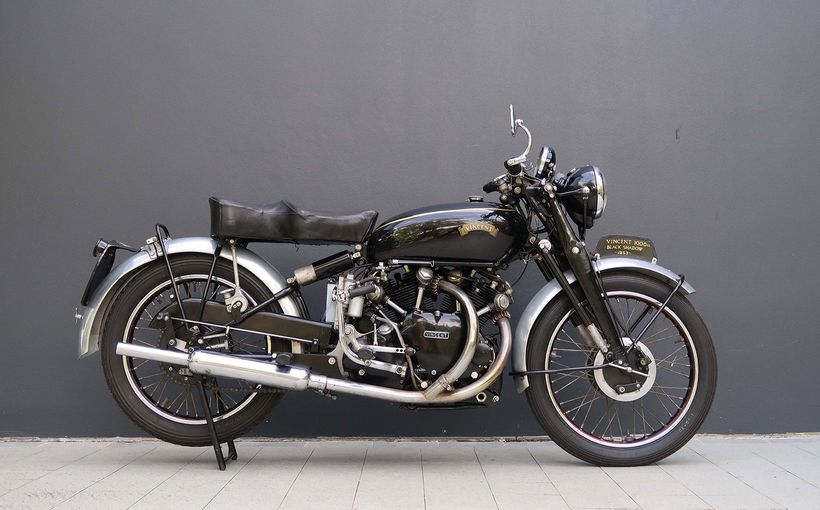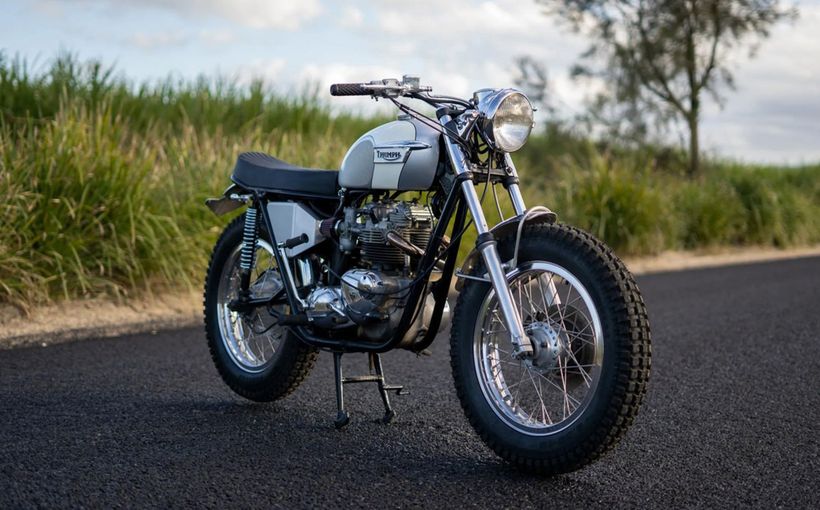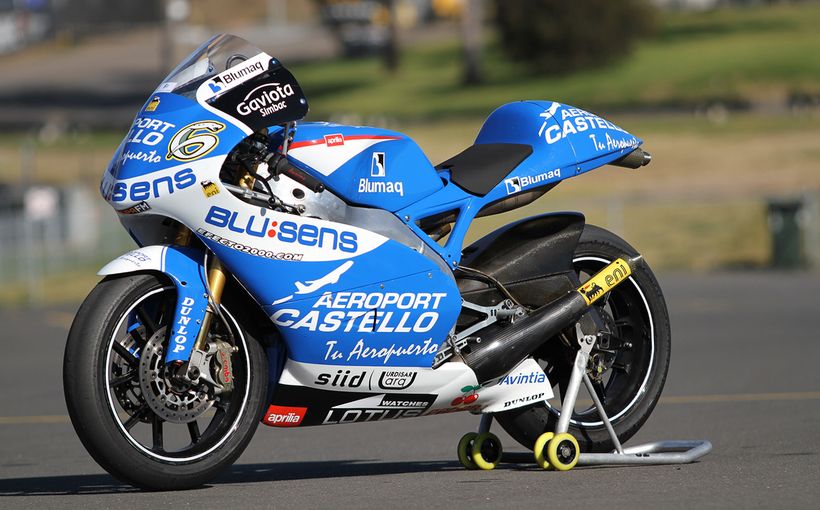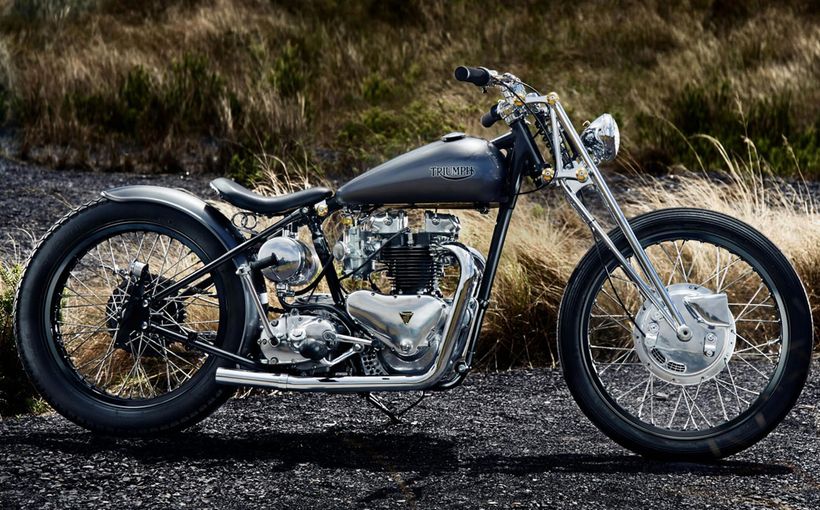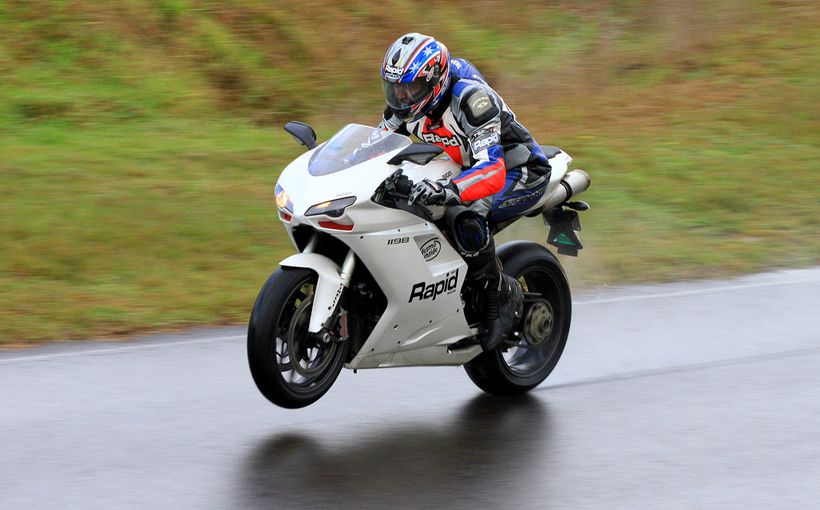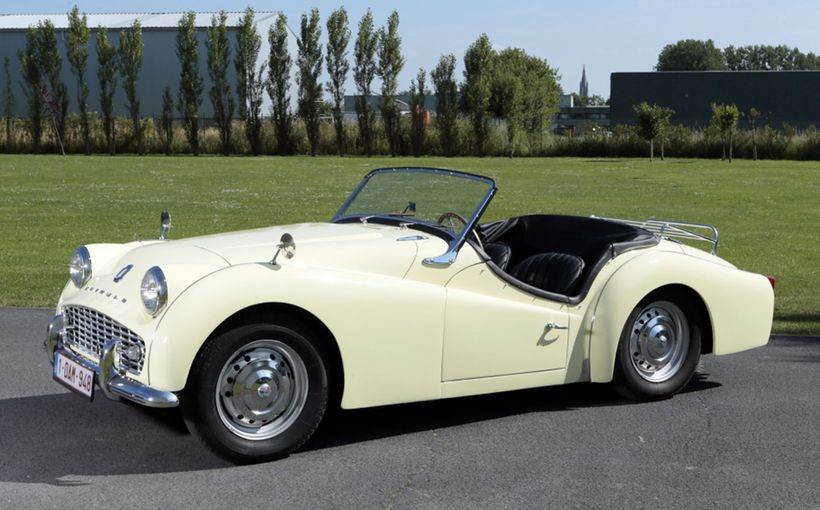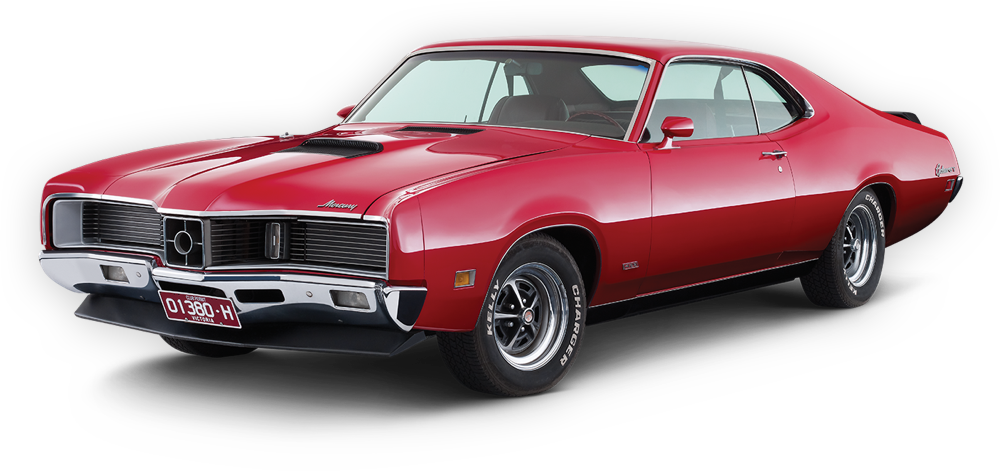QUIKSPIN: Triumph Bonneville - A Bonnie Old Time

Boy, life is beaut aboard a Bonnie. Burbling along in the sunshine, head bobbing to the beat of the wistful parallel-twin with passers-by gazing on with nostalgia-filled eyes.
The Bonneville has been around since the late 50s and Triumph has done a splendid job of evoking 52 years of history in a relatively modern and very reliable machine.
In 2009 it grew from 790cc to 865cc and it releases its 49kW in a gentle and relaxed manner, making it the perfect first-time big bike for the less experienced, or if style and ease is what you want from your motorcycling, the Bonnie is as good asit gets.
Triumph says 90 percent of its 68Nm of torque is available from 2500rpm, and while there’s no tacho, there’s also no reason why you’d question it as the torque curve feels solid everywhere.
The disc brake on both ends is the only other clue hinting towards its modern-day build date, and despite being a single-sided affair up front, are more than adequate in taming the 225kg machine.
Suspension is by way of a conventional 41mm Kayaba fork with 120mm of travel and matching twin shocks with adjustable preload offering 100mm of rear-wheel travel. Pushing the thing along on questionable surfaces can get the Bonnie slightly out of shape – a little more suspension travel would be nice – but around 85 percent of the time it’s fine.
The long, slim, soft seat matched with the neutral handlebar provides super comfy ergos, while both the brake and clutch levers are span adjustable.
It’s refreshingly simple in that the fuel system is the only sign of electronics – even the odometer and single trip meter click over like an old-school fruit machine – and the single speedo face sits next to four retro chrome-surrounded indicator lights, blinkers, neutral, high beam and oil. There is a fuel light set within the speedo dial and it has an offset screw-type chrome fuel cap which you can’t lock.
Styling is simple with a blacked-out engine, cases, frame, fork outers and bodywork, while the polished engine fins pick up small touches of chrome in the horn, ’bar ends, fuel and oil filler and faux carby caps.
This Bonnie has blacked-out mag wheels, opposed to the wire-spokes of the T100 and SE models – with their polished lips and machined faces mimicking the styling of the polished engine fins. The bike on test has a build date of 2009 and I was disappointed to find the polished sections of the mags heavily marked.
An afternoon of elbow grease and metal polish would bring them back to new.
But again, it doesn’t matter. Because if you owned it, you probably wouldn’t let it get to that, and if you did, you’d be whistling while you polished them – ’cos life is beaut aboard a Bonnie.



